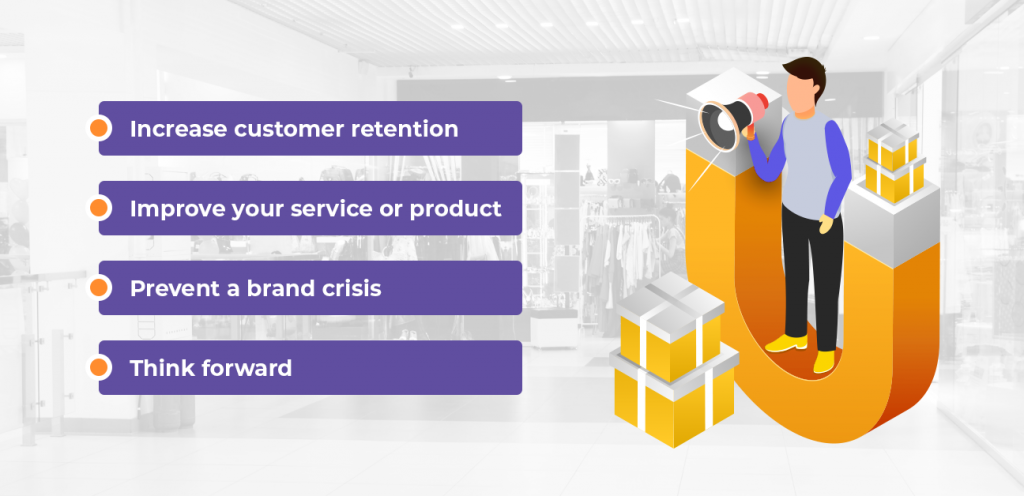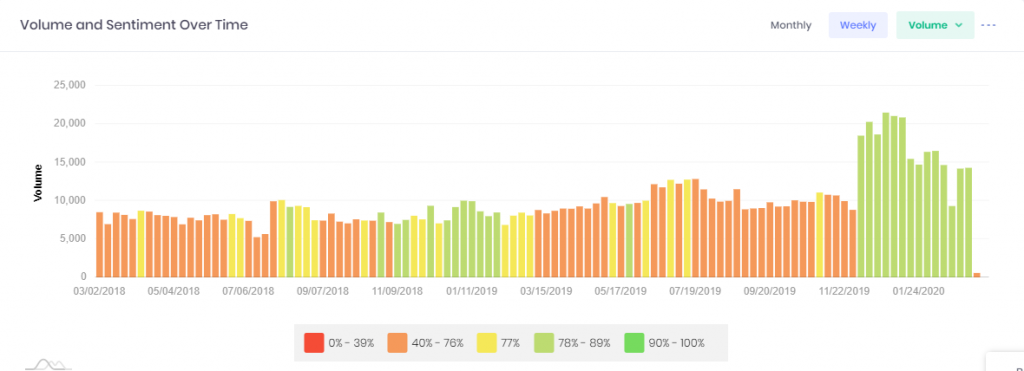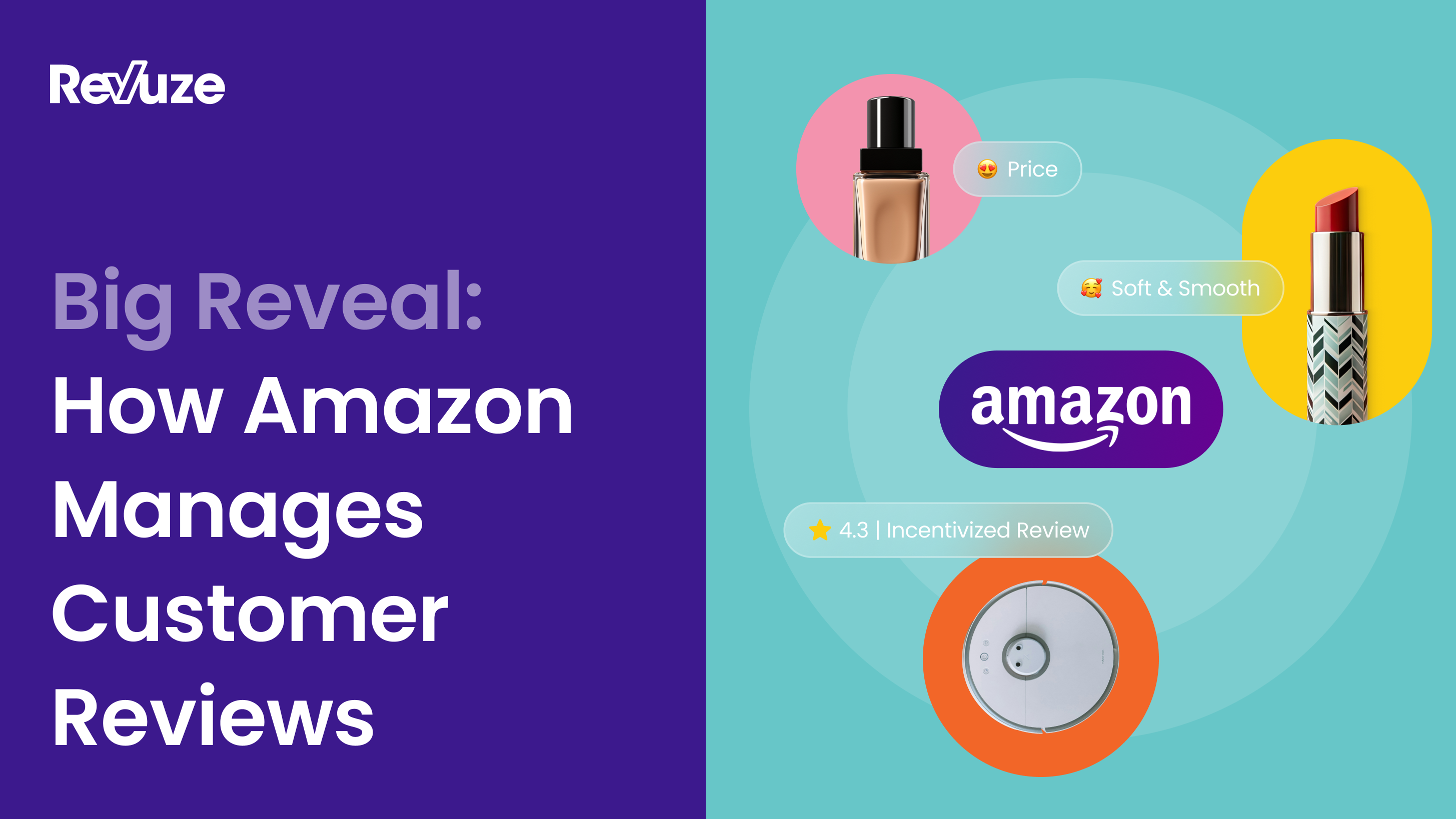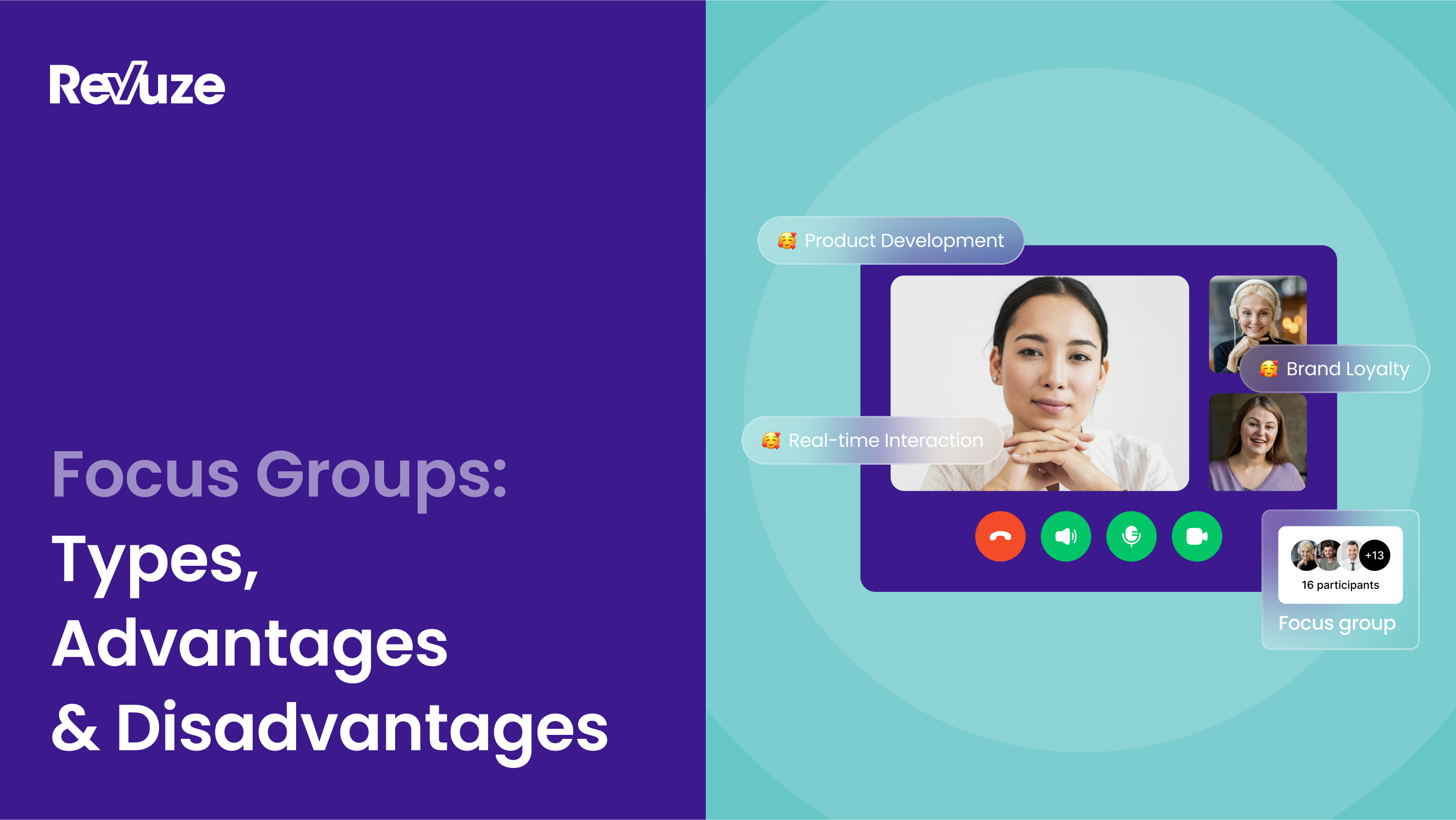
What is Voice of the Customer, often referred to with the acronym “Voc”?
“Voice of the Customer” (VoC) is a broad term businesses use to define the opinions, comments, expectations, sentiments, and critiques of their customer base regarding a service or product. It allows companies to improve their products, and their customer service by listening to their customers’ voices; ultimately, it can be an effective way to retain customers and have them recommend your product or service through positive reviews or word of mouth.
Caring about the Voice of Customer means, in one word, listening to what your customers have to say. Applying a smart VoC solution means taking action and responding to whatever opinions, critiques, and comments customers have expressed regarding your product.
Voice of Customer can be used by your company to measure the gap between what your customers expect and what they actually experience when they use your products or services.

Why Is Voice of Customer Important?
In today’s market, competition between companies that offer similar products and services is fierce. Thanks to the internet, new businesses pop up on a daily basis and are aggressively trying to “steal” customers from each other.
While offering disruptive solutions and better products than your competitors is one of the main keys to success, it’s definitely not enough if you want to ensure that your business will be successful in the long run. The same way that popstars need to build a loyal fanbase that will continue to buy their music and attend their concerts for years to come, companies need to build a loyal customer base if they want to stay relevant in the market.
Research carried out by Gartner has shown that one way to build loyalty among customers is to offer not just a good solution or product, but also excellent customer service. The research pointed out that “89% of companies expect to compete mostly on the basis of customer experience.”
How many times have you heard someone say this about a restaurant: “The food was delicious, but I wouldn’t go back because of the service.” It means that the product (i.e. the food) is good, but if it’s not complemented by a good customer service, it’s not enough to retain customers. The same applies to most other businesses.
This is why the Voice of your Customers is so important: Because what your customers say matters, and can greatly influence the success of your business.
What Are The VOC Benefits?
There are several benefits of building and implementing an effective Voice of Customer program for your company.
First of all, it helps you understand your customers. Thanks to VoC, you can answer the following questions: What do my customers want? What do they expect? What do they need? Then, it helps you improve your product or service: What’s working and what’s not? What do my customers love about it and what do they hate? What should be fixed?
VoC allows you to take action, set your goals, and meet the needs of your customers, keeping in mind what is achievable and what is affordable.
Ultimately, the benefit of VoC is that it helps you to be mindful of your surroundings, avoid devastating surprises or failures, and build a company culture that is customer-centric, meaning that it puts the customer at the heart of your goals and activities.
How Does Voice of Customer Work?
Voice of Customer can be solicited or unsolicited. In the first case, companies seek it from their customers when they ask them to fill out a survey, ask for feedback, ask to rate the service or organize in-person focus groups. In the second case, whether your company is looking for feedback or not, it can still listen to the Voice of its customers by monitoring social media, where users may write and comment regarding your brand or competitors.
Even if you’re not actively soliciting VoC, a massive amount of content is produced every day, and such content may as well contain information and feedback that is valuable to your business. Can you guess how many tweets are sent out every second of the day? And can you guess how many reviews TripAdvisor hosts? And how many reviews Yelp hosts?
The answers are, respectively: 8,000 tweets per second (according to internet live stats), 795 million reviews on TripAdvisor, and 192 million reviews on Yelp. All of those Facebook posts, Facebook comments, tweets, Google reviews, etc. are precious insights that can help you improve your customer service and your product.
How can you build an effective VoC program? What’s the best Voice of Customer methodology?
The main steps for a good VoC strategy:
- Set your goal. Is there a specific question you’re looking to answer? Is there a specific product you want to improve, or a specific issue you’re hoping to solve? If so, then you should keep that in mind as you build your VoC program.
- Collect the data. You might capture VoC through surveys, phone calls, polls; many companies nowadays gather their data from social media. You can do it using scraping tools, APIs, customers’ data feed, and so on. If you want to learn more about social sentiments, you can read our dedicated blog post.
- Analyze the VoC. Now that you’ve got your findings, you need to know what to do with them. In fact, they are valuable only if you analyze and interpret them. However, it would be unrealistic and inefficient to manually read and analyze VoC.
- Draw a conclusion. Once you’ve analyzed the data, you can identify specific trends that will help you understand your audience. Now you are able to draw conclusions from your research and analysis.
- Take action. Whatever your findings are, you should take advantage of your newly-acquired knowledge and take action!
How Is Voice of Customer Helpful for Good Consumer Experience?
Voice of Customer is helpful, as it allows you to understand how closely you’re matching your customers’ expectations with the service you’re offering. If the gap between expectations and experience is wide, then you know that you have some work to do.
It’s also helpful because it allows you to shift your business culture towards a more customer-centric model. So many companies out there say they put their customers first; they say their customers are their “priority.” But one thing is to say these things, another is to act upon them. A solid VoC methodology allows you to move from words to actions, by really putting your customers first.
Here are some of the things a VoC methodology can help you with:
- Increase customer retention: Listening to the VoC can help you build a more loyal customer base.
- Improve your service or product: Depending on your customers’ needs, you can add special features to your products that closely match their expectations.
- Prevent a brand crisis: Keeping your eyes wide open for customer feedback can help you hear critiques early and prevent a potential brand crisis. If there’s something wrong with your product/service, you’ll know right away and you’ll be able to take action.
- Think forward: Awareness of Voice of Customer will help you think forward about future plans, products, or solutions that your company may want to research in the future.
Voice of Customer During COVID-19
It has been three months since the first case of the novel coronavirus (COVID-19) was diagnosed. Since then, the virus has spread across the world, forcing consumers and businesses to dramatically change their habits and behaviors.
It is reported by Fortune magazine that Nike Inc. soared in late trading after online-order growth helped sales vault past Wall Street estimates. Due to COVID-19 more and more brick and mortar stores are focusing on their online presence and their eCommerce stores.
Revuze has analyzed Nike and other sports & apparel brands reviews that were collected during the COVID-19 outbreak and we saw an increase by more than 200%!

These global shifts and changes have made VoC monitoring and analysis a crucial tool in the hands of businesses looking to survive the current volatile market.
Voice Of Customer Report 2020 COVID-19 Effects on The Paper Care Industry

As the novel coronavirus continues to spread around the globe, more people are beginning to go into retail panic and toilet paper is just the tip of the iceberg. CNN reported that retailers in the US and Canada have started limiting the amount of toilet paper customers can buy in one trip.
When it comes to paper care, Revuze AI analyzed 15,000 online reviews and found that the sentiment over time for the topic “Item Availability” dropped from 47% in January to 14% in the first week of March.
Generally, we found that in this time of chaos, most topics in the category have to do with a downwards trend. How “economical” paper care is, has also recently come into question dropping from a positive 91% sentiment to 79% in the first week of March.
Customer sentiment is different between different online retailers
As far as online retailers, Target has the highest sentiment whereas Walmart has a higher star rating. Amazon has the lowest sentiment and this could be related to price gougers of coronavirus-related products according to a new report released by CNN.
Are consumers still loyal to their preferred brand?
Regardless of how you are preparing for COVID-19, we see that most customers have their preferred brand of paper care products. However, due to human psychology, we are more likely to buy in panic when we see others buy in panic. So it seems like, item availability will always be a topic affected in the state of emergency.
To read the rest of the report click here>
Conclusion
Revuze developed the first self-training, low touch AI technology that collects and analyzes customer feedback automatically and serves back valuable consumer insights.
This innovative AI technology collects data from a variety of sources simultaneously, like online reviews, social media monitoring, emails, surveys, call center data, and more. The end result is highly granular data about your customers’ wants, needs, and experiences.
The data is delivered through a user-friendly and informative dashboard.
The readily available dashboard allows you to check and study your brand’s VoC in real-time – including all recent shifts and fluctuations in customer sentiment, trending topics, and more.
Staying tuned in to what your customers are saying, feeling, and experiencing will help you maintain satisfied, loyal customers that will stick around even after the coronavirus crisis is over.
 All
Articles
All
Articles Email
Analytics
Email
Analytics










 Agencies
Insights
Agencies
Insights